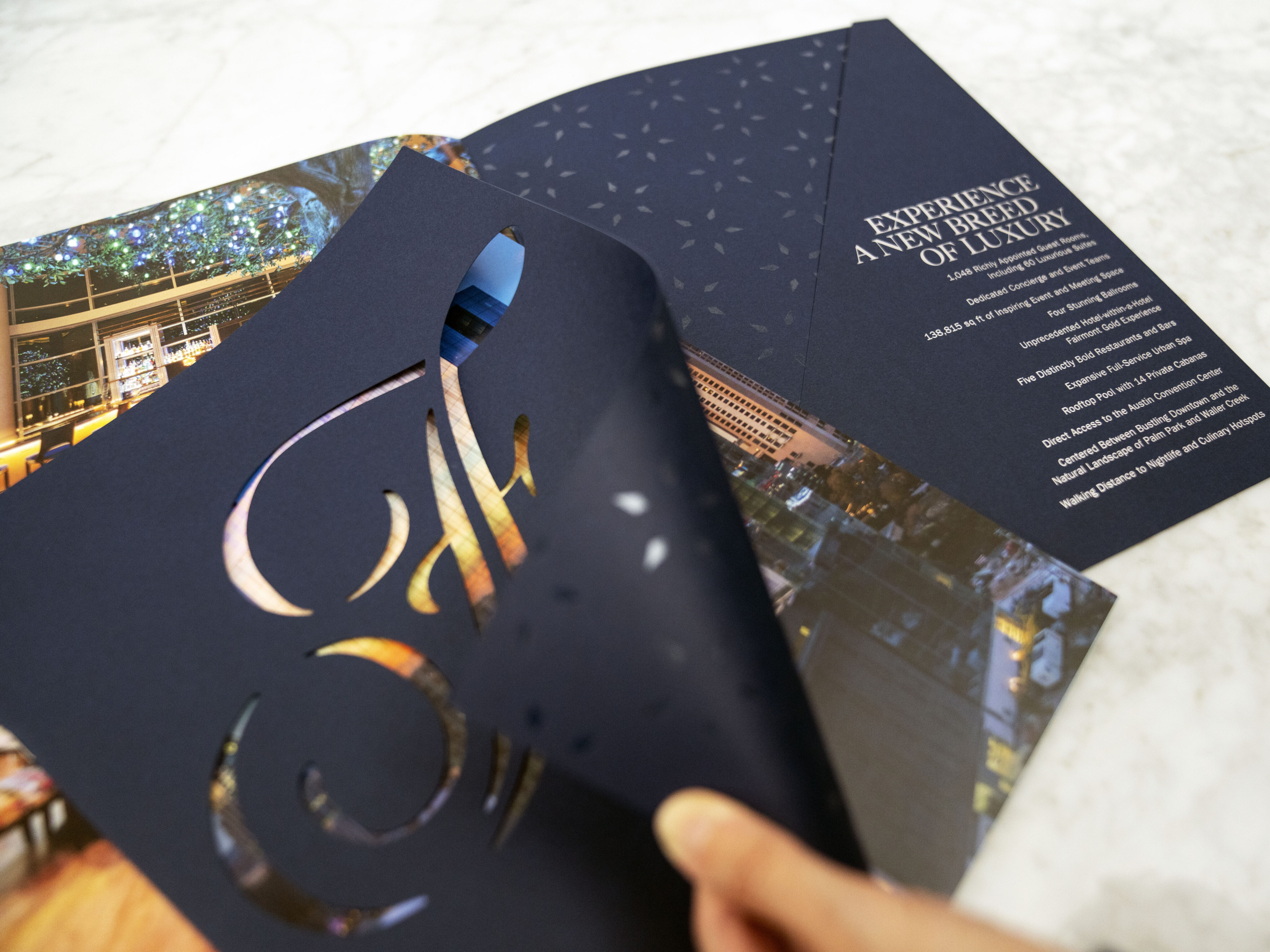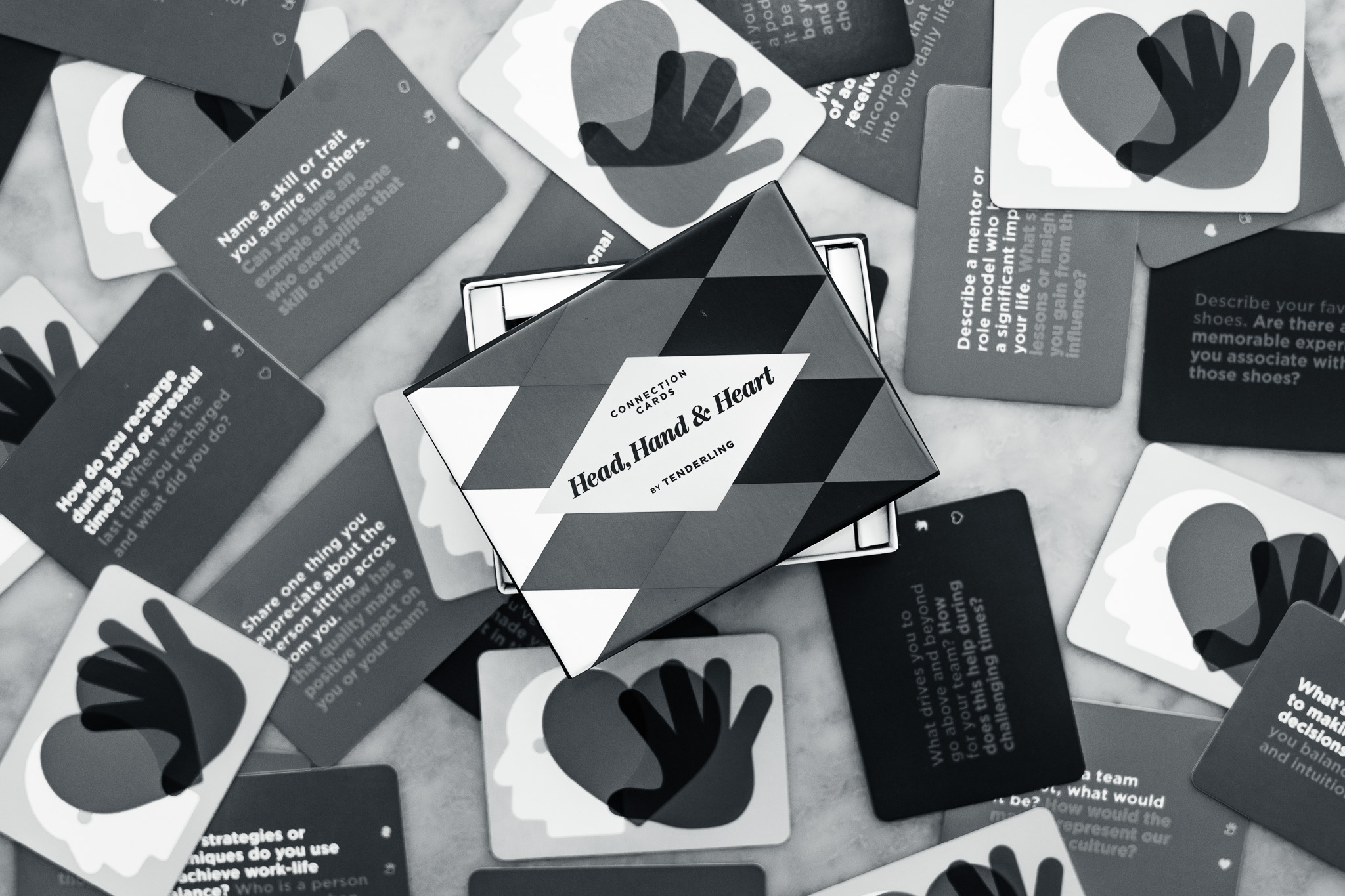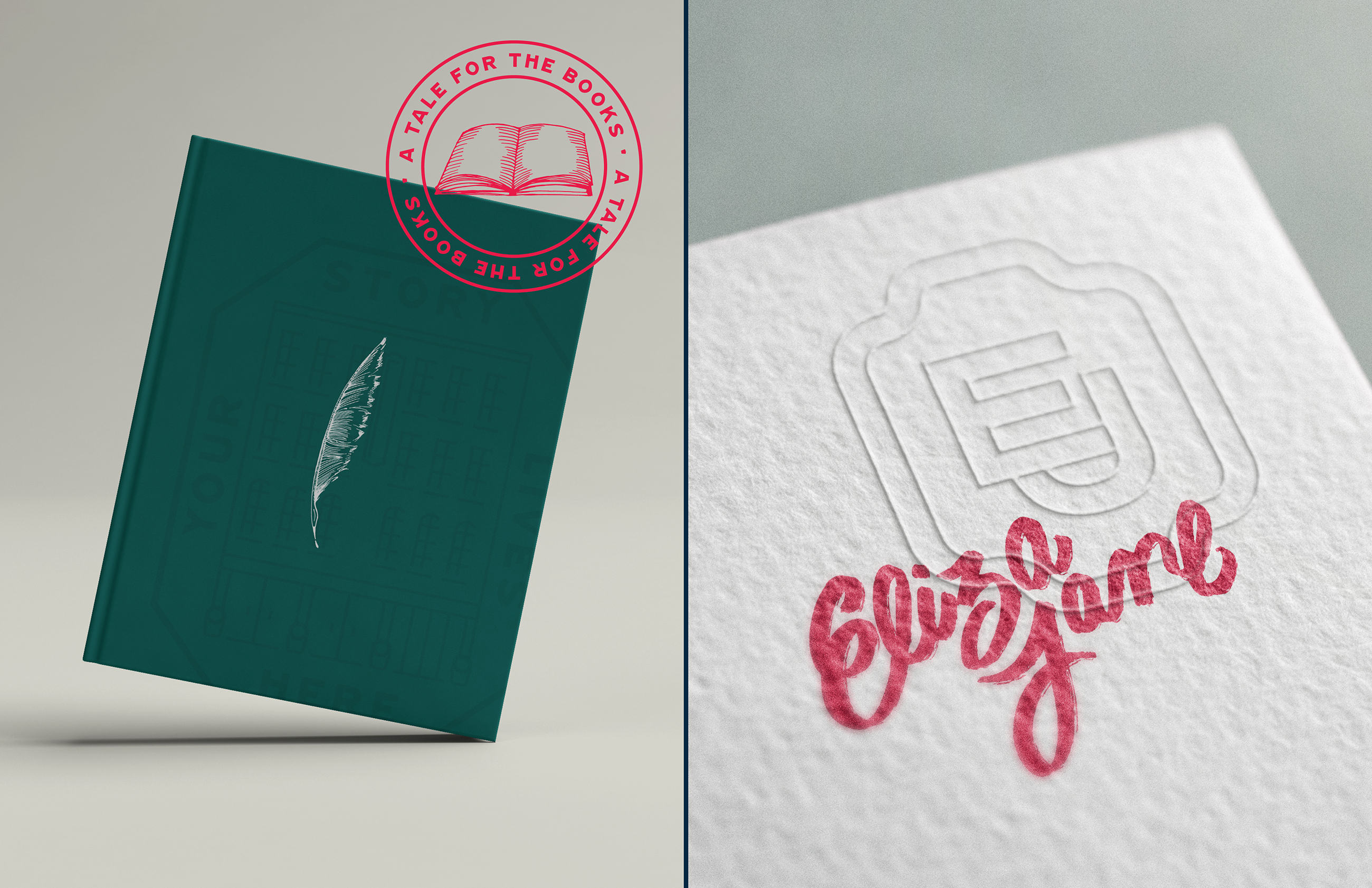How Brand Identity Shapes the Luxury Hospitality Experience
In luxury hospitality, the most unforgettable stays aren’t just beautifully designed—they’re beautifully branded. From the first digital interaction to the final farewell, brand identity acts as the invisible thread that connects each guest moment into a cohesive experience.
- 25 July 2025
- Tenderling Team
- 7 min read

Transforming Every Guest Touchpoint
At Tenderling, we view branding as the architecture of experience. And nowhere is that more vital—or more powerful—than in hospitality. When brand identity is done well, it’s almost imperceptible—because it simply feels right.
First Impressions Begin Before Arrival
A guest’s journey starts long before they step through the lobby doors. It starts with a Google search, an Instagram scroll or a click through a booking platform. These digital touchpoints introduce your brand—and should feel as curated and intentional as the physical ones.
For luxury and boutique hotels, the brand must do more than inform—it must entice, signal and invite.
From Logo to Lobby: Bringing the Brand to Life in Space
Once a guest arrives, every inch of your physical environment becomes a living extension of your brand. From the front desk signage to the minibar labels, brand identity should flow effortlessly into guests’ surroundings.
This is where visual design meets interior design. Color palettes, materials and patterns all contribute to a space that feels not just luxurious, but cohesive. At its best, branding helps guide spatial decisions and give a sense of place that’s unmistakably yours.
Sensory Cues That Deepen Connection
Luxury is, above all, sensory. And branding doesn’t stop at the visual—it expands into sound, scent, texture and light. These quiet signals reinforce how a space should feel. They aren’t just aesthetic choices—they’re brand expressions.
When strategically layered, they can create strong emotional memories.
The Sights and Scents of Fairmont Austin
Everything about Fairmont Austin says “luxury.” But it’s not just about the name recognition—it’s about the work that goes into making their brand a full experience.
Fairmont Austin utilizes a signature scent across their hotel that’s clean and simple, but it sticks with guests as they recognize it in different areas. They also utilize luxury materials when creating marketing pieces, like a thick, textured paper stock. This is how they become memorable—by tapping into the senses.
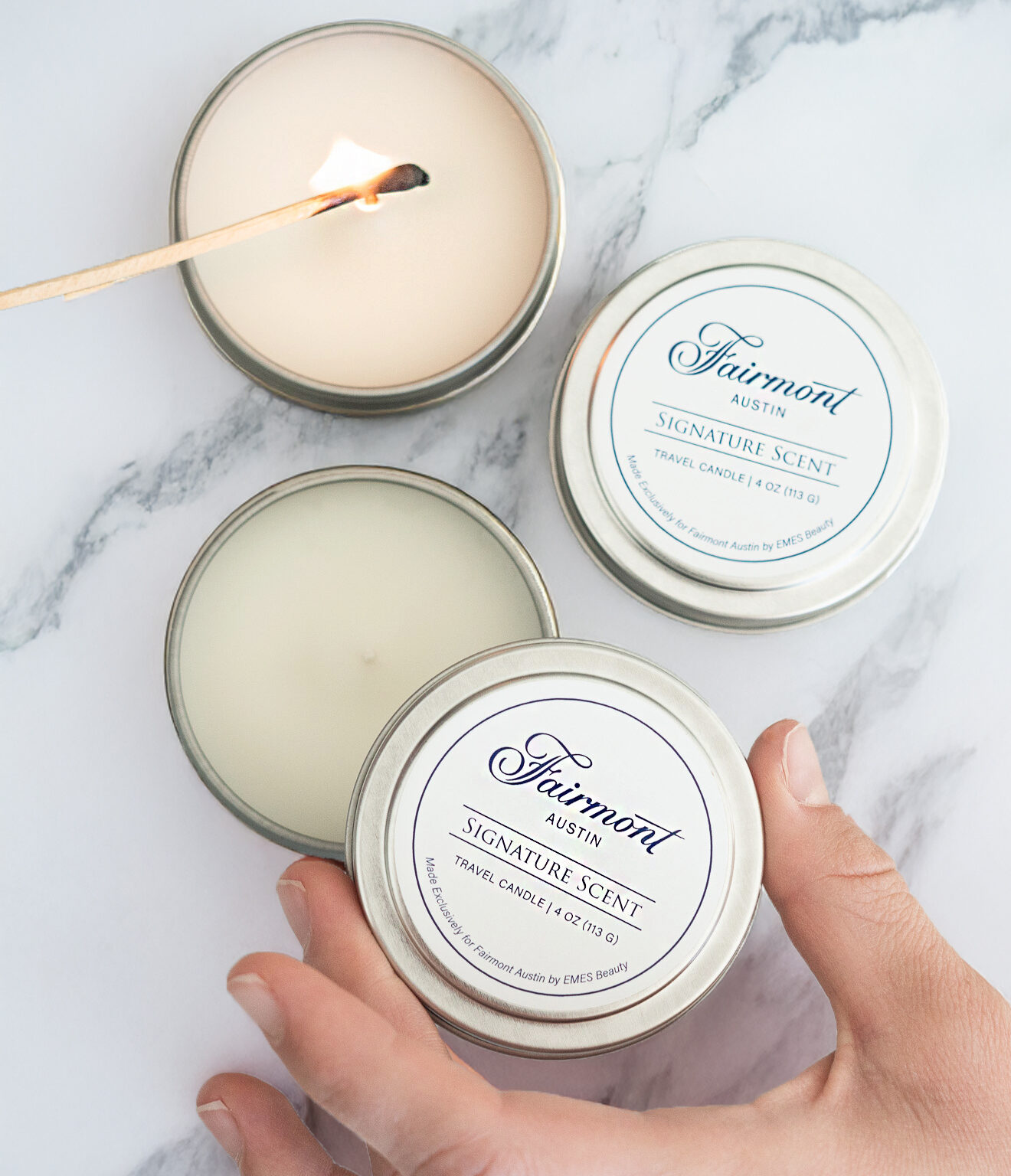
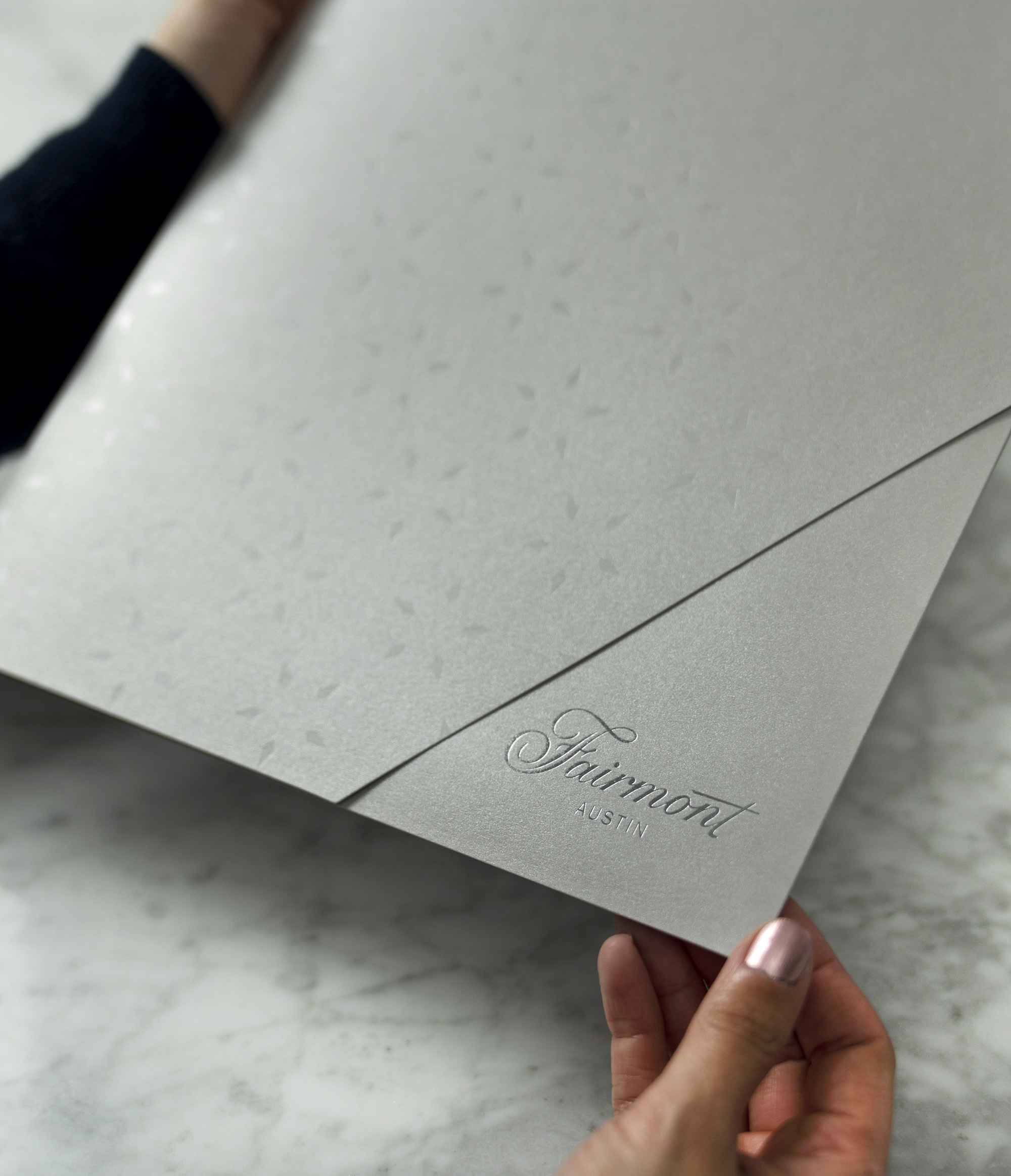
The Role of Staff in Expressing Brand Voice
Your team is one of your most powerful brand channels. Their tone and presence communicate who you are and what you stand for. Every gesture, greeting and email is an opportunity to express brand voice.
Internal brand alignment—through onboarding, cultural rituals and language training—ensures that the human element of your brand is just as considered as the visual one for a seamless experience.
The Last Touch Is Just as Important as the First
From thank-you notes and billing design to post-stay emails and loyalty invitations, your final touchpoints matter just as much as the first.
When brand identity extends into these moments, it creates a full-circle experience—one that leaves guests not only satisfied but seen.
Design the Feeling, Not Just the Look
Branding a stay means crafting not just how a place looks, but how it makes people feel. At Tenderling, we believe the strongest hospitality brands don’t just show who they are. They let guests feel it—in every moment, from the first click to the final goodbye.
